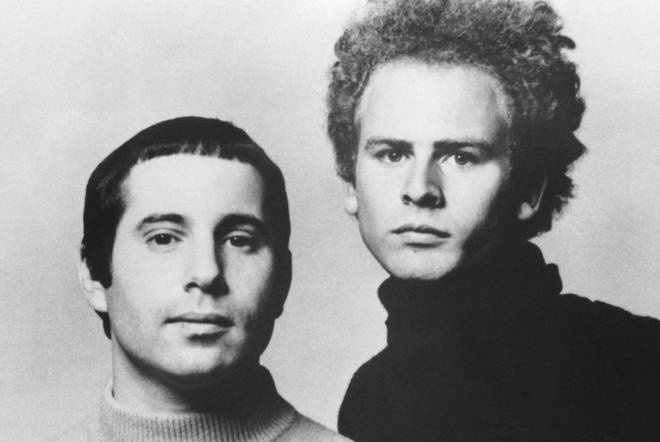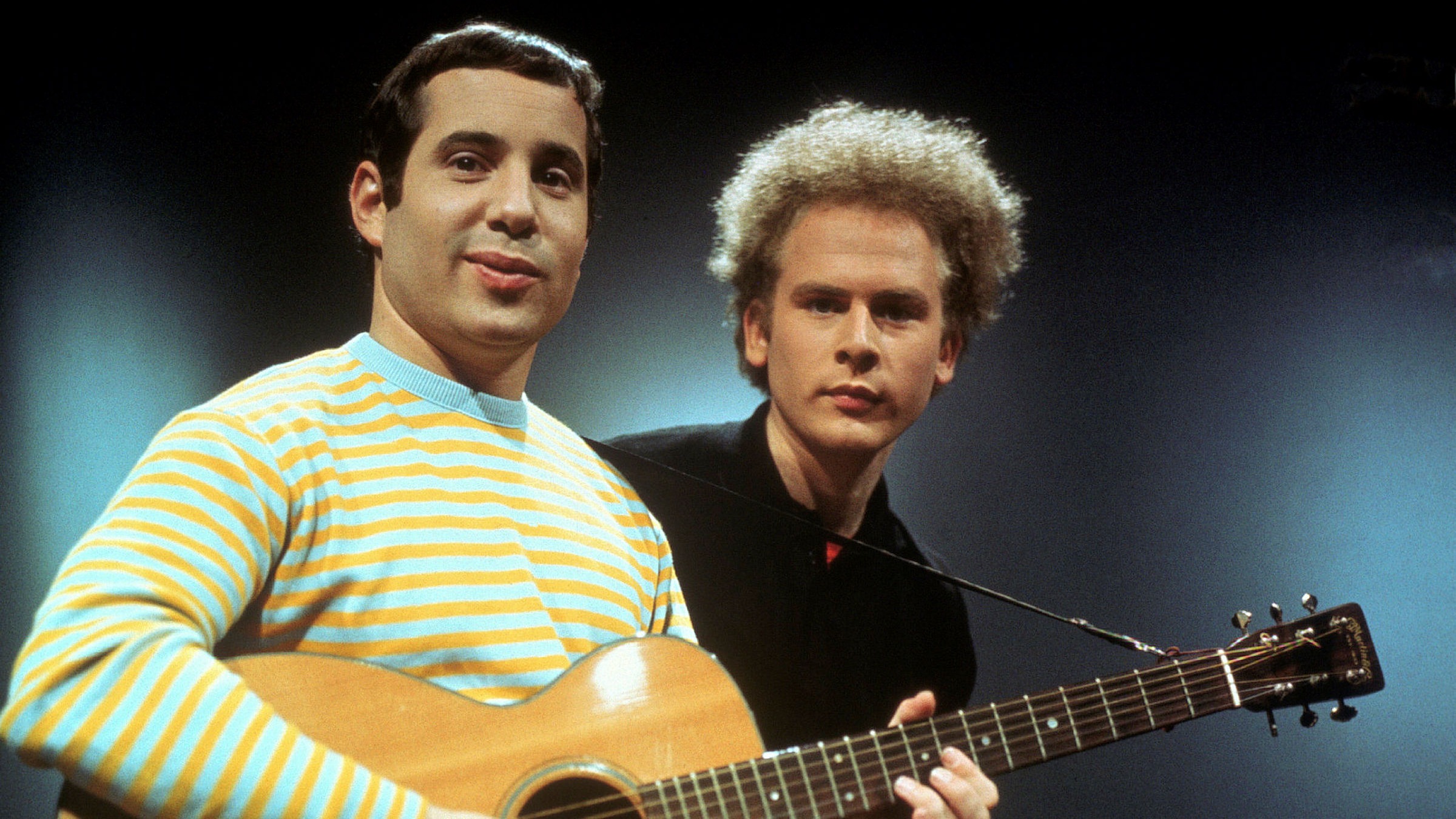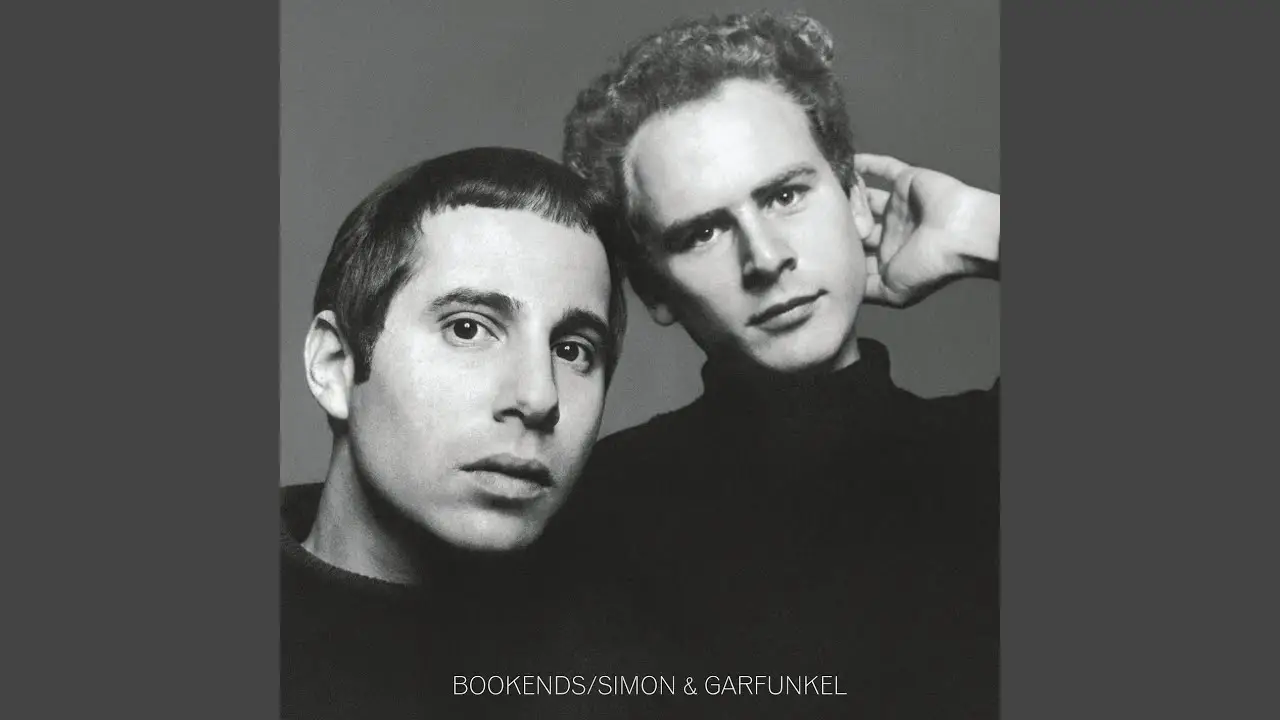Bookends Songs Ranked
Bookends is the fourth studio album by American music duo Simon & Garfunkel. Produced by Paul Simon, Art Garfunkel and Roy Halee, the album was released on April 3, 1968, in the United States by Columbia Records. The duo had risen to fame two years prior with the albums Sounds of Silence and Parsley, Sage, Rosemary and Thyme and the soundtrack album for the 1967 film The Graduate. Initial sales for Bookends were substantial in the US, and the album produced the number-one single “Mrs. Robinson”. The album sold well in the US and in the United Kingdom, where it peaked at number one. Bookends was considered a breakthrough for the duo, placing them on the same level as artists such as Aretha Franklin, The Beatles, Bob Dylan, and The Rolling Stones at the forefront of the cultural movement in the 1960s. The album has continued to receive critical acclaim and is debated by critics as to whether it or Bridge Over Troubled Water is Simon & Garfunkel’s best album. Here are all of Bookends songs ranked.
Don’t miss out on the TIMELESS Simon & Garfunkel music below! Click to experience the GREATEST folk duo of all time!
12. Voices of Old People
“Having looked at childhood, youth, and middle age, we are plunged into the intimacy of homes for the elderly. Art Garfunkel recorded the voices that compose this collage. I read this track as an introduction to the next one.”
11. Bookends Theme
“Having looked at childhood, youth, and middle age, we are plunged into the intimacy of homes for the elderly. Art Garfunkel recorded the voices that compose this collage. I read this track as an introduction to the next one.”
10. Punky’s Dilemma
“Only Paul Simon can write “breakfast poetry” like this. Light but delightful, this song proves that the how is more important than the what. A sister track to “The 59th Street Bridge Song (Feelin’ Groovy),” from _Parsley, Sage, Rosemary and Thyme”

9. Overs
“If we assume that the people described in this song are the poet and Kathy, we now see them stuck in the routine. This is middle age. This piece takes me back to “The Dangling Conversation,” in _Parsley, Sage, Rosemary and Thyme_. The word of the title doesn’t exist, but the poet plays with two meanings of the word “over.” The very last word of the song illuminates the whole piece, forcing you to reconsider what you have just heard. The poet doesn’t like what he has, and yet he stays, and that might be a good thing.”
See more: Simon & Garfunkel Albums Ranked
8. Bookends
“A mellow acoustic theme opens the album. The fact that track number 7 bears the same title tells us that what’s between these two should be read as a single text. There are no lyrics, so we still don’t know what it’s all about. The theme puts me in a contemplative mood.”

7. Old Friends
“A poignant meditation on what it might be like to be seventy. The characters are men, so it is not inadequate to think of them as Simon and Garfunkel themselves. For a fun exercise, compare this to the Beatles’ “When I’m Sixty-Four.” I called this song poignant, but it doesn’t make me sad. Even if the characters are “silently sharing the same fear,” they have each other and their friendship.”
6. At the Zoo
“Animals are humanized in order to suggest that the real zoo is human society. Bud Scoppa makes the very appropriate connection with George Orwell’s _Animal Farm_ (1945). A simple, fun song to close the album.”

5. Fakin’ It
“More upbeat than the previous tunes, this one marks a departure. It is not part of the initial concept, which revolves around the ages of man and the passing of time. The lyrics are a bit vague, but the message is clear: faking it does not necessarily result in making it. If I had to choose a least favorite track in the album, I’m afraid this would be it.”
See more: Simon & Garfunkel Songs Ranked
4. Save the Life of My Child
“The jarring initial note and the sounds that follow are in sharp contrast to the peace and quiet of the “Bookends Theme.” The lyrics are even more startling: the album proper begins with what looks like a potential suicide. At this point it is impossible not to think of “Richard Cory” and “A Most Peculiar Man,” from _Sounds of Silence_, but this song focuses on the quiet desperation of the very young. The ending is also different, enigmatic, and completely unexpected. It is possible to escape, but there may be no place to escape to, no place to land.”

3. A Hazy Shade of Winter
“The album’s most upbeat song is life affirming, hopeful, and inspiring. Once again we are exploring the passing of time, and the image of brown leaves is an echo of “Leaves that Are Green,” from _Sounds of Silence_. The song features a catchy riff and beautiful imagery. The Bangles covered it in 1987.”
2. America
“A song about the pursuit of happiness, this one features the poet and Kathy (see “Kathy’s Song” in _Sounds of Silence_), who are moving to the city. America is elusive here: you live there, but you’re still looking for it. I’m a literature person, so I can’t help thinking of Kafka’s _Amerika_ when I listen to this song. If the previous piece focused on childhood, this one explores youth.”
1. Mrs. Robinson
“The one everyone has heard, loved, and got stuck in his/her head for hours. It was as a result of seeing _The Graduate_ (Mike Nichols, 1967) that I was inspired to explore S&G. They were a lacuna in my knowledge of music: it was only in 2014 that I watched Nichols’ film. Originally, the song was going to be titled “Mrs. Roosevelt,” and Simon said it was about Eleanor Roosevelt and Joe DiMaggio. Nichols, who was obsessed with S&G’s music when he was making _The Graduate_, persuaded Simon to change the title to “Mrs. Robinson.” The rest, as they say, is history. If you’re interested, there’s a live version by Bon Jovi, which was included in the Japanese edition of _These Days_ (1995).”

